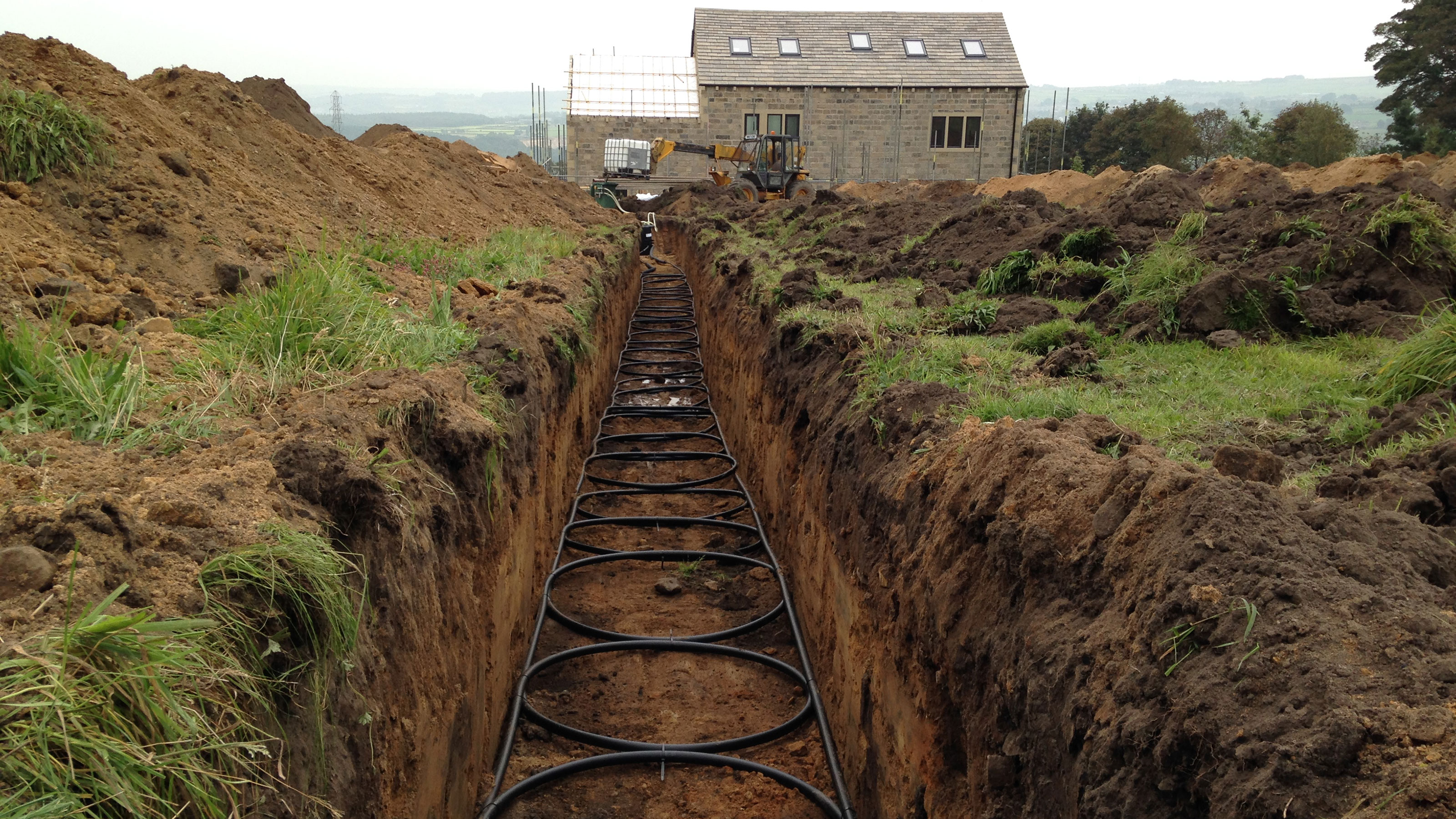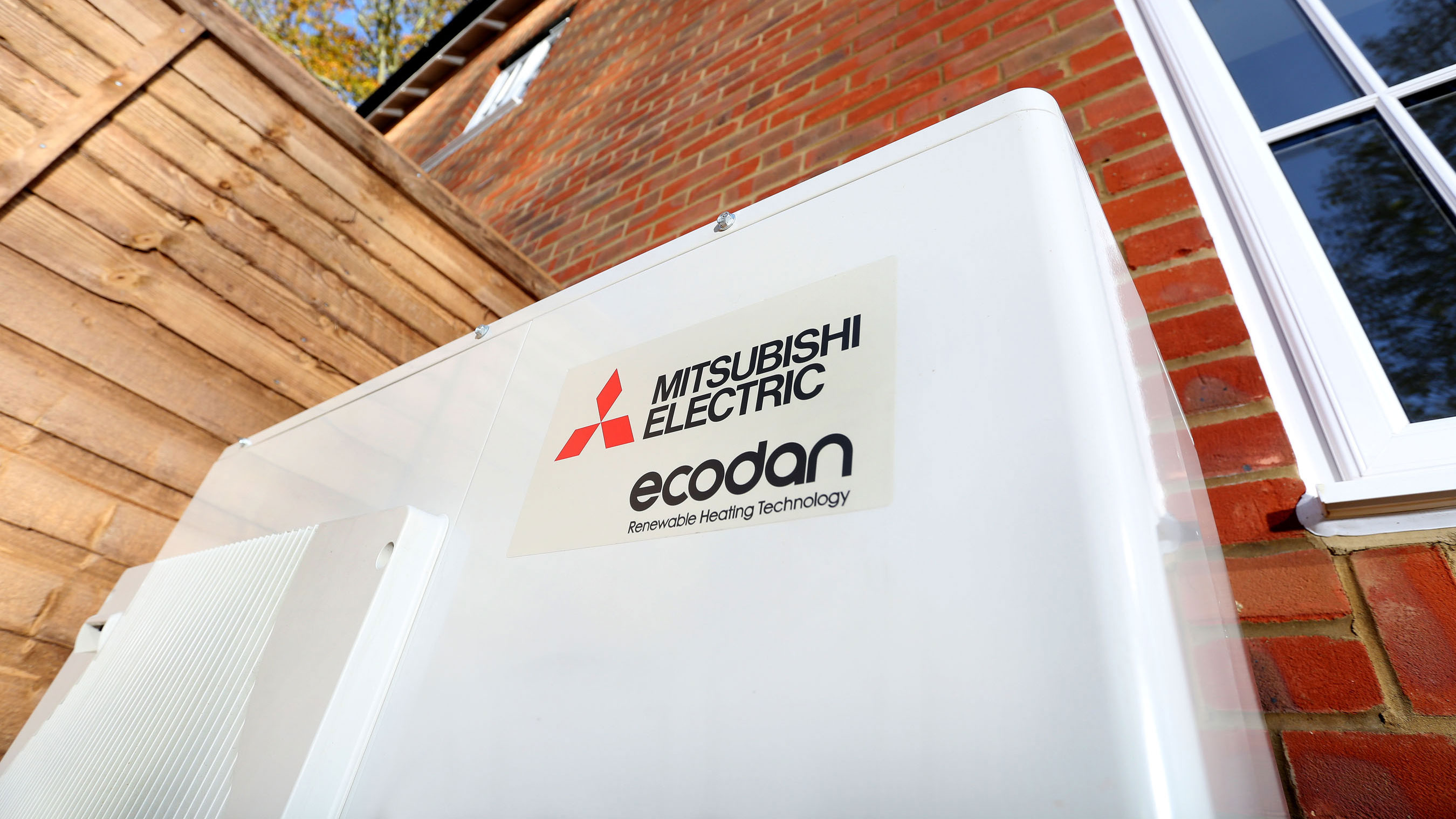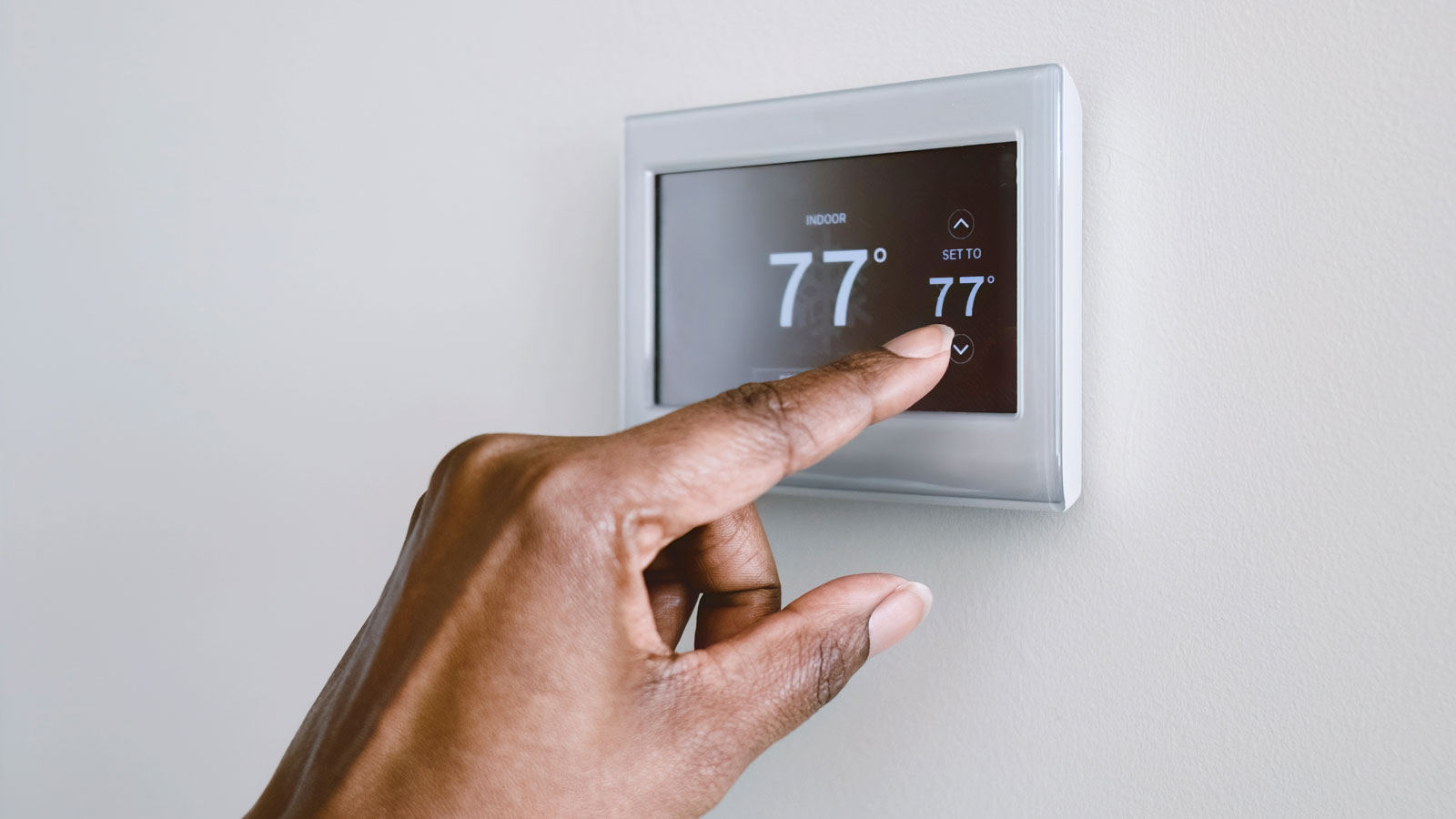How do Heat Pumps Work? The Different Systems Explained
We answer the question 'how do heat pumps work?' to show you the differences between the systems available

With the rollout of heat pumps set to accelerate in the coming years, many homeowners looking to embrace low-carbon heating systems will likely be asking the same question - how do heat pumps work?
Heat pumps are a renewable heating system that the government is backing to play a key role in the push towards net zero. And while air source heat pumps, ground source heat pumps and hybrid heat pumps all transfer thermal energy from one point to another, they operate in slightly different ways.
Heat pumps use a small amount of electricity, but they are considered efficient and clean heating sources because they don’t depend on burning fuel to create heat.
This guide looks at the different types of heat pumps and the different ways in which they work.
How do Air Source Heat Pumps Work?
A common comparison for how air source heat pumps work is that they operate a bit like a refrigerator in reverse.
An ASHP absorbs heat from the air and increases it to a higher temperature through a vapour compression cycle (or refrigeration process). Electricity is required for this process, which compresses the heat into a liquid refrigerant, but this could be from solar PV, for example, meaning that it's possible to use an ASHP off grid.
Once the air is compressed, the pump transfers the heat to release into your home, through your radiators or underfloor heating. The remaining heat can be stored in your hot water cylinder, for use in showers, baths and taps.
Bring your dream home to life with expert advice, how to guides and design inspiration. Sign up for our newsletter and get two free tickets to a Homebuilding & Renovating Show near you.
How do Ground Source Heat Pumps Work?
Ground source heat pumps utilise a network of water pipes buried underground, which pump a mix of water and anti-freeze into the ground to absorb naturally occurring heat.
Then, similarly to how an ASHP works, this water mixture is compressed using electricity to extract and amplify the heat before transferring it to your home heating system. The remainder is also stored in a hot water cylinder.
Energy expert and Homebuilding & Renovating contributor, Tim Pullen, says: “The amount of heat that can be collected will be dictated by the soil conditions — for example, clay holds more heat than sand — and the amount of unshaded land available.
“As a rule of thumb an area of 50m2 is needed for each 1kW of heat output; an 8kW heat pump will need 400m2, assuming damp clay soil (a tennis court is 260m2).”

How do Hybrid Heat Pumps Work?
Hybrid heat pumps essentially comprise a heat pump and another heat source (such as a boiler) that are combined into one system. This means the pump can change between the two different heat sources according to predetermined settings.
For example, you could choose to let the heat rump run throughout the day when the temperature and the efficiency is higher (and cheaper to run), then when the outside air reaches lower temperatures, the oil or gas boiler will top up the temperature, switching the heat pump off.
The key benefit of hybrid heat pumps is efficiency - by switching between renewables and fossil fuel it chooses the technology which is most effective at any given time.
Get up to £6,000 Off the Cost of a Heat Pump
The Boiler Upgrade Scheme has officially launched and from May will offer grants of £5,000 for homeowners to have air source heat pumps installed, and £6,000 for ground source heat pumps. Hybrid heat pumps will not be supported, however.
There are also additional heat pump grants available to help with the initial costs of installing a heat pump.
Jack has worked in journalism for over a decade and was the former News Editor of Homebuilding & Renovating between 2019 until 2023. In his time as News Editor he broke the most relevant and beneficial stories for self builders, extenders and renovators, including the latest news on the construction materials shortage, planning permission and green initiatives. In 2021 he appeared on BBC's The World at One to discuss the government's planning reforms.
He enjoys testing new tools and gadgets, and having bought his first home in 2013, he has renovated every room and recently finished a garden renovation.

